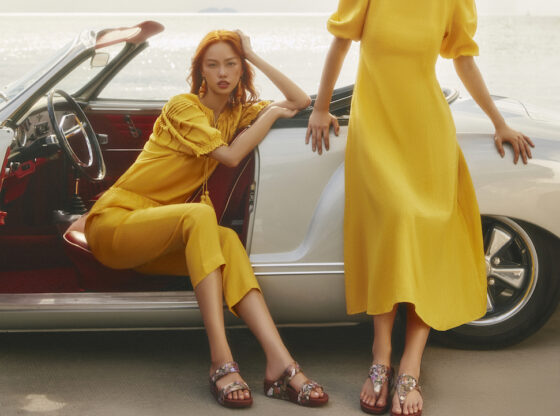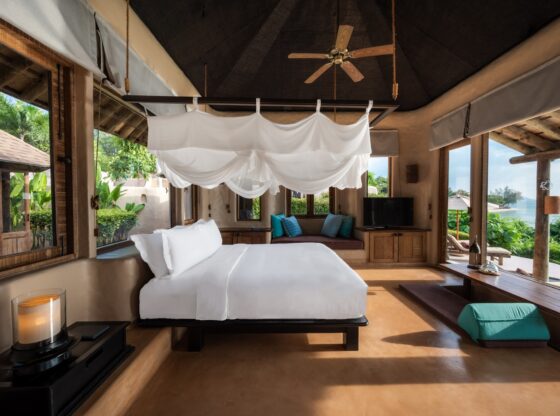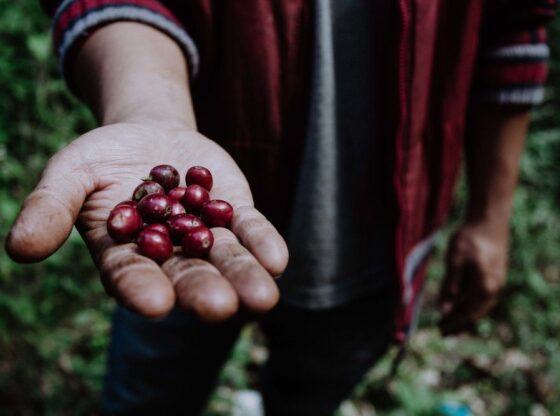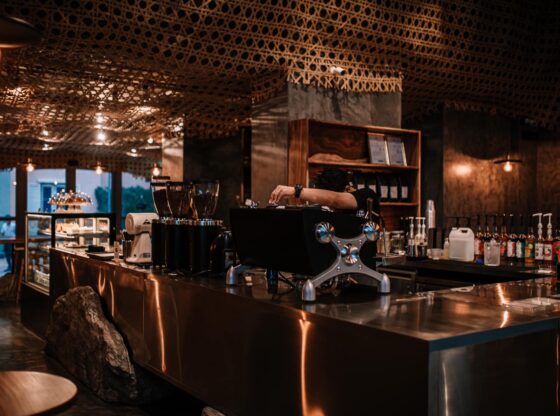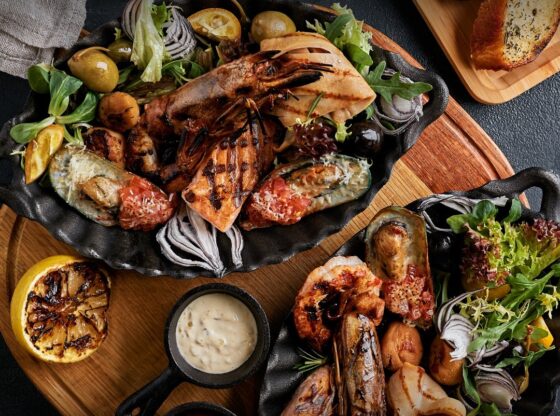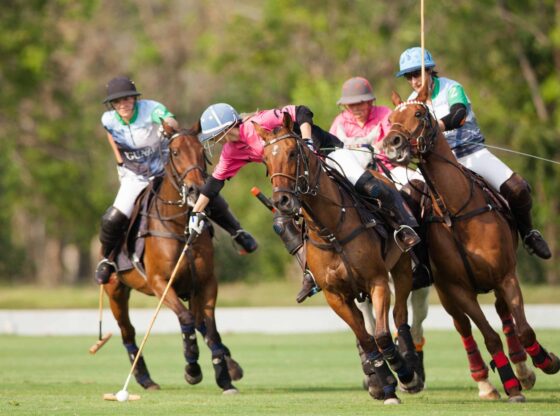![]()
The “Chinese waving cat” is well-known—visually, at least. This kitsch, often gold ornament is ubiquitous in Chinatowns and Asian stores around the world, but these cute little statues aren’t Chinese at all: They’re Japanese.
Originality from Japan and very popular here in Thailand the maneki-neko ornament that waves at you from store windows and restaurants is also known as the welcoming cat, lucky cat, money cat, happy cat, and beckoning cat and the maneki-neko figurine is believed to bring good fortune to businesses.
Today, the kitsch cat is now recognizable all over the world, but the iconic lucky charm dates back to the 17th century and has a fascinating backstory.
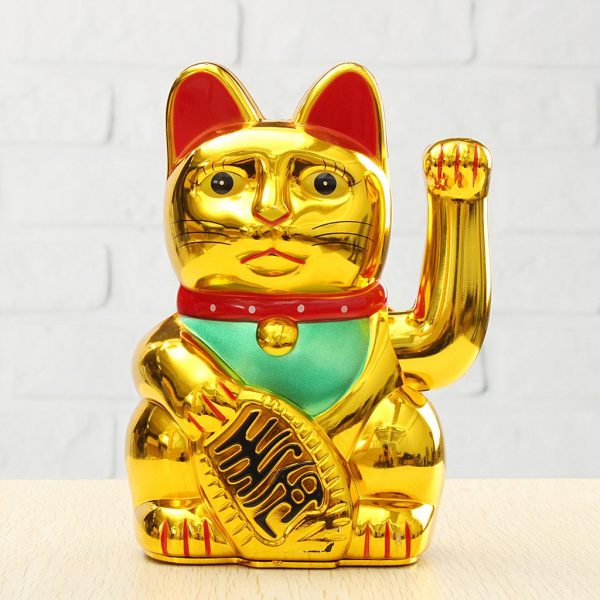
The maneki-neko is a popular Japanese figurine that is believed to bring good luck and fortune to its owner. Usually made from ceramic or plastic, they depict a Japanese Bobtail cat with its paw raised in a beckoning gesture. Its paw moves back and forth in a swinging motion, and some even have motorized arms so that they can wave all day long. Maneki-neko are typically displayed at the entrances of businesses—such as restaurants, bars, and laundromats—in order to entice customers to come inside.
One legend starts with a cat born at the Gōtoku-ji temple in Setagaya Ward, Tokyo during the Edo period (1603–1868). According to temple historians, while hunting with falcons, the daimyo (regional ruler) Ii Naotaka was saved from a lightning bolt when the abbot’s pet cat Tama beckoned him into Gōtoku-ji.
Grateful to the cat for saving his life, the ruler made it a patron of the temple where it has been venerated in its very own shrine ever since.
Today the tranquil grounds of Gōtoku-ji are dotted with thousands of beckoning cat statues of varying sizes. Visitors come to see the array of white cats—commonly shaped as a Japanese bobtail, a breed that makes frequent appearances in local folklore—and pray for luck. The statues can be purchased at the temple and are usually left behind as an offering, although many take them home as a souvenir.
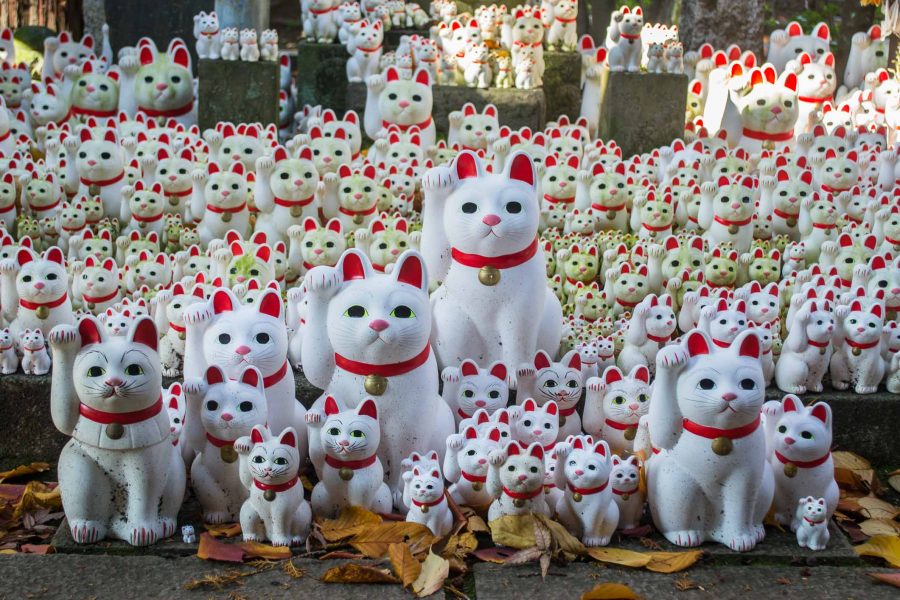
Whatever the precise location of the statue’s origin, one thing is for sure: The cats bring in good fortune. The reason for their prevalence seems to be linked to their real-life analogs. In 1602, an imperial decree set free all cats in Japan, intending to capitalize on the felines’ natural ability for pest control, especially in the sericulture community. After the decline of the silk trade, cats by extension remained as talismans for a business’s prosperity.
Maneki-neko figurines can be found in shops and businesses across Japan and beyond. However, if you want to see how they evolved throughout the ages, the Manekineko Museum of Art in Okayama showcases a collection of more than 700 lucky cat statues from history.
The beckoning cats are also celebrated every year in September during the Manekineko Festival in various cities across Japan. Maneki-neko events appear all over the country, and people flock to the streets with their faces painted like cats.
There’s also a Manekineko-dori Street (“Beckoning Cat Street”) in Tokoname City, Aichi Prefecture, where dozens of ceramic cat statues decorate the street. And of course, Gōtoku-ji Temple—where the legend of the lucky cat began—is home to hundreds of the figurines.
In the UK a ramen named Lucky Cat Noodle had to change its name to Maneki Ramen following a complaint of trademark infringement from Gordan Ramsay Holdings. The reason for the bad luck was that Gordon Ramsay has a restaurant called ‘Lucky Cat By Gordon Ramsay’ and, he also owns a UK trade mark for LUCKY CAT.
Lucky Cat By Gordan Ramsay takes inspiration from the drinking dens of 1930’s Tokyo, the venue doubles-up as an authentic Asian eatery and a vibrant late-night lounge in the heart of Grosvenor Square, Mayfair. Hundreds of handmade maneki-neko cats adorn the shelves, and there are more subtle feline details in the form of chopstick holders, hat-stands and other touches.
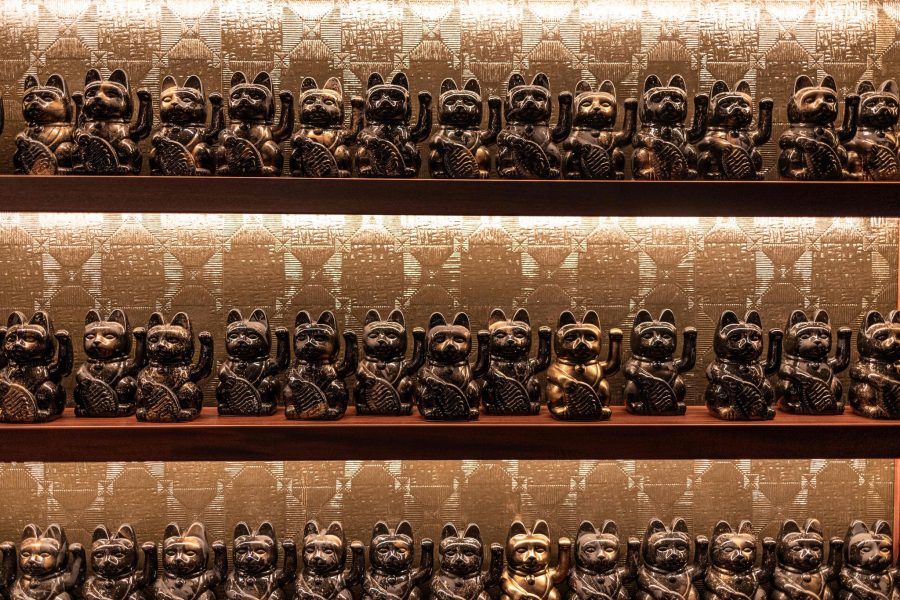
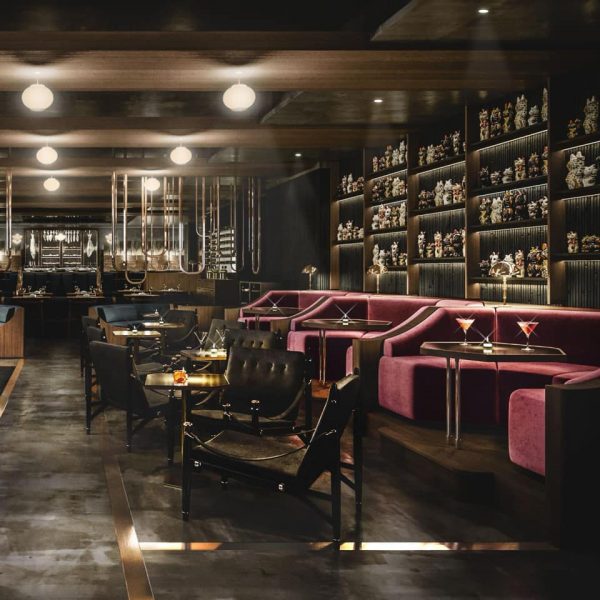
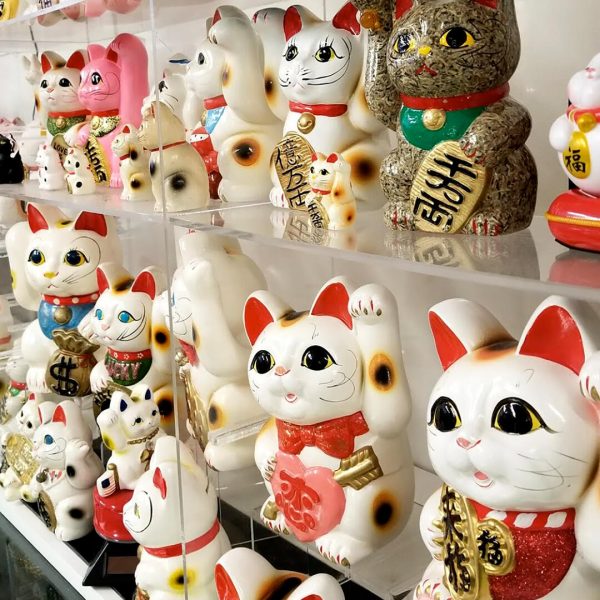
In the US you can visit Ohio’s Lucky Cat Museum in Cincinnati, where you’ll find over 2,000 versions of the iconic feline figure, however, here in Thailand no need to travel to far as you can see a maneki-neko is in its natural habitat: Sitting on a cash register, waving you in from the entrance of a restaurant, bar or in a street-side everything you need shop doubling up as a money box.



